Home>Gardening & Outdoor>Outdoor Entertaining>How Many Bricks To Build A Pizza Oven
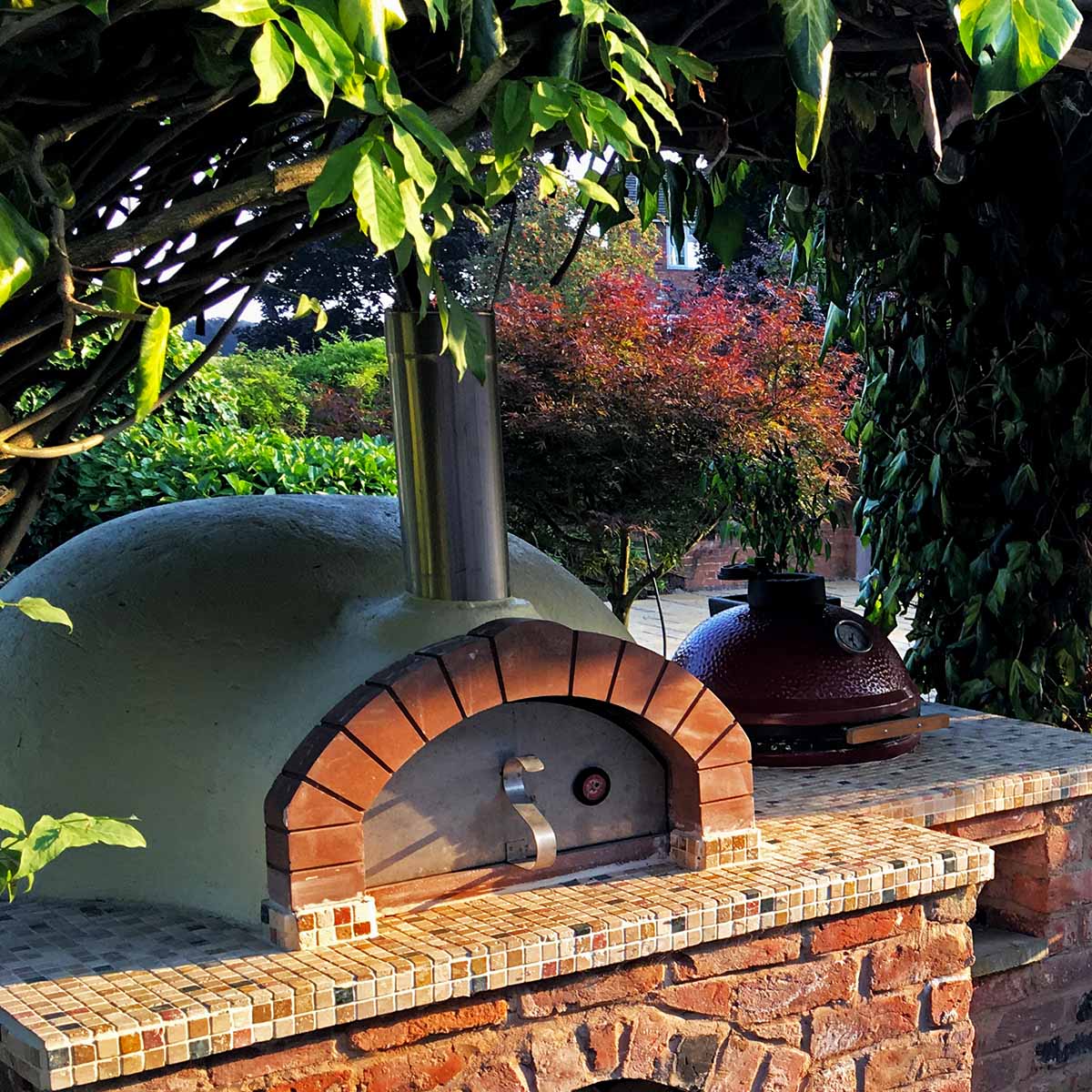

Outdoor Entertaining
How Many Bricks To Build A Pizza Oven
Modified: April 22, 2024
Discover how many bricks are needed to build a pizza oven for your outdoor entertaining space. Get expert tips and step-by-step instructions for your DIY project.
(Many of the links in this article redirect to a specific reviewed product. Your purchase of these products through affiliate links helps to generate commission for Storables.com, at no extra cost. Learn more)
Introduction
Welcome to the world of outdoor entertaining, where the aroma of freshly baked pizza mingles with the laughter of friends and family. Building a pizza oven in your backyard is a fantastic way to elevate your outdoor gatherings and create unforgettable culinary experiences. One of the key components of constructing a durable and efficient pizza oven is choosing the right bricks. In this comprehensive guide, we will delve into the fascinating realm of pizza oven construction, focusing specifically on the number of bricks required for this exciting project.
Whether you're a seasoned DIY enthusiast or a novice looking to embark on a new adventure, understanding the nuances of brick selection and quantity is crucial for the success of your pizza oven. We'll explore the various types of pizza ovens, discuss the characteristics of bricks that make them suitable for this purpose, and provide a step-by-step approach to calculating the number of bricks needed. By the end of this journey, you'll feel confident and empowered to turn your outdoor space into a hub of delectable pizza-making and conviviality.
So, roll up your sleeves, unleash your creativity, and get ready to embark on a fulfilling and mouthwatering endeavor. Let's dive into the art and science of building a pizza oven with the perfect number of bricks.
Key Takeaways:
- Building a pizza oven requires choosing the right bricks for durability and heat retention. Understanding oven types and brick selection is crucial for a successful outdoor culinary experience.
- Calculating the number of bricks needed for a pizza oven involves precise measurements, considering insulation, and accounting for contingencies. It’s a blend of craftsmanship and culinary passion.
Read more: How To Build A Brick Oven Pizza
Types of Pizza Ovens
Before delving into the specifics of brick selection, it’s essential to understand the different types of pizza ovens available. Each type has its unique characteristics, influencing the choice of bricks and the overall construction process.
1. Wood-Fired Pizza Ovens: These traditional ovens are renowned for imparting a distinct smoky flavor to the pizzas. They are typically constructed using refractory bricks, which can withstand the high temperatures generated by burning wood. The dome-shaped design of these ovens allows for optimal heat distribution, resulting in crispy crusts and perfectly cooked toppings.
2. Gas-Fired Pizza Ovens: Ideal for those seeking convenience and precise temperature control, gas-fired pizza ovens are a popular choice for outdoor kitchens. The use of gas as a fuel source necessitates the selection of bricks that can endure consistent high temperatures while providing efficient insulation.
3. Brick Pizza Ovens: These ovens epitomize the rustic charm of traditional Italian pizzerias. Constructed entirely from bricks, including the cooking surface and dome, they exude authenticity and time-honored craftsmanship. When building a brick pizza oven, the quality and composition of the bricks significantly impact its performance and longevity.
4. Portable Pizza Ovens: Designed for versatility and mobility, portable pizza ovens are a popular choice for outdoor enthusiasts and adventurous cooks. These ovens often feature a combination of refractory bricks and lightweight materials, ensuring durability without sacrificing portability.
Understanding the nuances of each pizza oven type is pivotal in determining the appropriate bricks for construction. The choice between wood-fired, gas-fired, brick, or portable pizza ovens will influence the selection of bricks based on their thermal properties, insulation capabilities, and overall suitability for the intended use.
Choosing the Right Bricks
When it comes to building a pizza oven, the selection of bricks is a critical decision that directly impacts the oven’s performance, longevity, and thermal efficiency. The following factors should be considered when choosing the right bricks for your pizza oven:
1. Refractory Bricks: These specialized bricks are designed to withstand extreme temperatures, making them an ideal choice for pizza oven construction. Composed of high-alumina ceramic materials, refractory bricks possess excellent thermal conductivity and can endure the intense heat produced during the pizza-making process.
2. Insulating Bricks: Insulating bricks are crucial for enhancing the energy efficiency of the pizza oven. These lightweight bricks have a low thermal conductivity, effectively retaining heat within the oven and ensuring consistent temperature distribution. When used in conjunction with refractory bricks, insulating bricks contribute to the overall insulation and thermal stability of the oven.
3. Size and Shape: The dimensions and shape of the bricks play a significant role in the construction process. Standard-sized bricks, such as modular or fire bricks, are commonly used for building the oven’s dome and cooking surface. Their uniform dimensions facilitate precise alignment and create a sturdy structure capable of withstanding thermal stress.
4. Thermal Conductivity: Optimal thermal conductivity is essential for ensuring uniform heat distribution within the pizza oven. Bricks with suitable thermal conductivity properties help maintain consistent temperatures, resulting in evenly baked pizzas with perfectly crisp crusts.
5. Durability and Resistance: The bricks must exhibit durability and resistance to thermal shock, abrasion, and weathering. This ensures the longevity of the pizza oven, allowing it to withstand frequent use and exposure to varying weather conditions without compromising its structural integrity.
By carefully considering these factors and selecting bricks that align with the specific requirements of your chosen pizza oven design, you can lay a solid foundation for a durable, efficient, and high-performing outdoor cooking appliance. The interplay between refractory, insulating, and standard bricks contributes to the thermal dynamics and overall functionality of the pizza oven, culminating in exceptional culinary experiences for years to come.
A standard-sized pizza oven requires about 200 to 300 bricks to build. Make sure to use fire bricks for the oven floor and dome for better heat retention.
Calculating the Number of Bricks Needed
Accurately determining the quantity of bricks required for your pizza oven construction is a crucial step that ensures a seamless and efficient building process. The following considerations will guide you through the process of calculating the number of bricks needed:
1. Oven Design and Dimensions: Begin by establishing the design and dimensions of your pizza oven. Whether you opt for a traditional dome-shaped oven or a custom design, precise measurements of the cooking surface, dome height, and overall structure are essential for calculating the required brick quantity.
2. Brick Size and Coverage: Identify the size and coverage area of the bricks you plan to use. Standard brick dimensions, such as 9″ x 4.5″ x 2.5″ for modular bricks, will dictate the surface area covered by each brick. Understanding the coverage area enables you to estimate the number of bricks needed to construct the oven’s dome, cooking surface, and insulation layers.
3. Dome and Insulation Layers: The dome of the pizza oven and its insulation layers require precise calculations to ensure optimal heat retention and structural integrity. By factoring in the thickness of the insulation and the desired thermal efficiency, you can determine the quantity of insulating bricks needed to create a well-insulated and energy-efficient oven.
4. Mortar and Joints: Account for the mortar and joint thickness when calculating the brick quantity. The mortar used to bind the bricks together, along with the space between each brick, influences the overall volume of bricks required for the construction. Ensuring an adequate supply of mortar and accounting for joint dimensions is integral to the accuracy of your calculations.
5. Overestimation and Contingencies: It’s advisable to factor in a margin of error and contingencies when estimating the brick quantity. Overestimating the required number of bricks by a small percentage can safeguard against unexpected variations in brick size, breakage, or adjustments during the construction process.
By meticulously assessing these factors and leveraging precise measurements and calculations, you can confidently determine the exact number of bricks needed to bring your pizza oven vision to life. Whether embarking on a solo DIY project or collaborating with skilled artisans, the calculated brick quantity forms the foundation for a successful and rewarding pizza oven construction endeavor.
Building the Pizza Oven
Embarking on the construction of a pizza oven is an exciting journey that combines craftsmanship, creativity, and the thrill of culinary exploration. The following steps outline the process of building a pizza oven with precision and artistry:
1. Foundation and Base: Lay the groundwork for the pizza oven by constructing a solid foundation and base. This foundational structure provides stability and support for the oven while accommodating the weight of the bricks and insulation materials. Ensure that the foundation is level, robust, and capable of withstanding the load of the oven.
2. Insulation Layer: Apply a layer of insulating materials, such as vermiculite or perlite mixed with high-temperature refractory cement, to create a thermal barrier within the oven. This insulation layer enhances heat retention and prevents excessive heat loss, contributing to the oven’s energy efficiency and consistent temperature control.
3. Dome Construction: Begin assembling the dome of the pizza oven using carefully selected refractory bricks. The dome’s curvature and structural integrity play a pivotal role in facilitating optimal heat circulation and even cooking. Precision in brick placement and mortar application is essential to ensure a durable and well-constructed dome.
4. Cooking Surface: Lay the bricks for the oven’s cooking surface, meticulously arranging them to form a level and heat-resistant platform for baking pizzas. The cooking surface should exhibit excellent thermal conductivity and heat retention, allowing for the creation of delectably crisp and evenly cooked pizzas.
5. Finishing Touches: Complete the construction by adding any desired aesthetic elements, such as decorative brickwork or a customized exterior finish. Pay attention to the finer details that enhance the oven’s visual appeal while maintaining its functionality and durability.
6. Curing and Testing: Once the construction is complete, allow the oven to cure and reach its optimal operating temperature. This curing process ensures that the bricks and mortar achieve maximum strength and stability. Conduct thorough testing to gauge the oven’s heat distribution and performance, making any necessary adjustments to achieve the desired cooking environment.
By meticulously following these steps and infusing the construction process with care and precision, you can transform a collection of bricks into a magnificent pizza oven that serves as the centerpiece of outdoor gatherings and culinary adventures. The fusion of craftsmanship, engineering, and culinary artistry culminates in a captivating and functional outdoor cooking masterpiece.
Read more: How To Build Brick Pizza Oven Outdoor
Conclusion
As we conclude our exploration of the art and science of building a pizza oven with the perfect number of bricks, it’s evident that this endeavor is a harmonious blend of creativity, precision, and culinary passion. The process of selecting, calculating, and assembling the bricks for a pizza oven transcends mere construction; it embodies the creation of a focal point for communal joy, culinary excellence, and timeless memories.
By understanding the nuances of pizza oven design, the characteristics of suitable bricks, and the meticulous calculations involved, you have gained the insights and knowledge necessary to embark on this fulfilling journey. Whether you envision a traditional wood-fired oven exuding rustic charm or a modern gas-fired marvel designed for convenience, the selection and arrangement of bricks form the foundation of your culinary oasis.
As you embark on this adventure, remember that the construction of a pizza oven is not merely a technical feat but a testament to the art of outdoor entertaining. It is a celebration of conviviality, creativity, and the joy of crafting delectable pizzas that tantalize the senses and nourish the soul.
With each brick carefully placed, each layer meticulously assembled, and each fire that dances within the oven’s chamber, you are crafting more than a culinary appliance; you are shaping a space where laughter intertwines with the aroma of freshly baked pizzas, where stories are shared and friendships are nurtured.
So, embrace this journey with enthusiasm and reverence for the traditions of outdoor cooking, the craftsmanship of bricklaying, and the joy of savoring homemade pizzas infused with the essence of your labor and passion. Let the number of bricks not only symbolize the structural integrity of the oven but also the countless moments of delight and connection it will facilitate.
As you take the first step in this remarkable undertaking, envision the warmth of the oven, the laughter of loved ones, and the tantalizing allure of perfectly crafted pizzas. The perfect number of bricks will not only build an oven but weave a tapestry of cherished experiences, making your outdoor space a haven of culinary delight and heartwarming hospitality.
Frequently Asked Questions about How Many Bricks To Build A Pizza Oven
Was this page helpful?
At Storables.com, we guarantee accurate and reliable information. Our content, validated by Expert Board Contributors, is crafted following stringent Editorial Policies. We're committed to providing you with well-researched, expert-backed insights for all your informational needs.
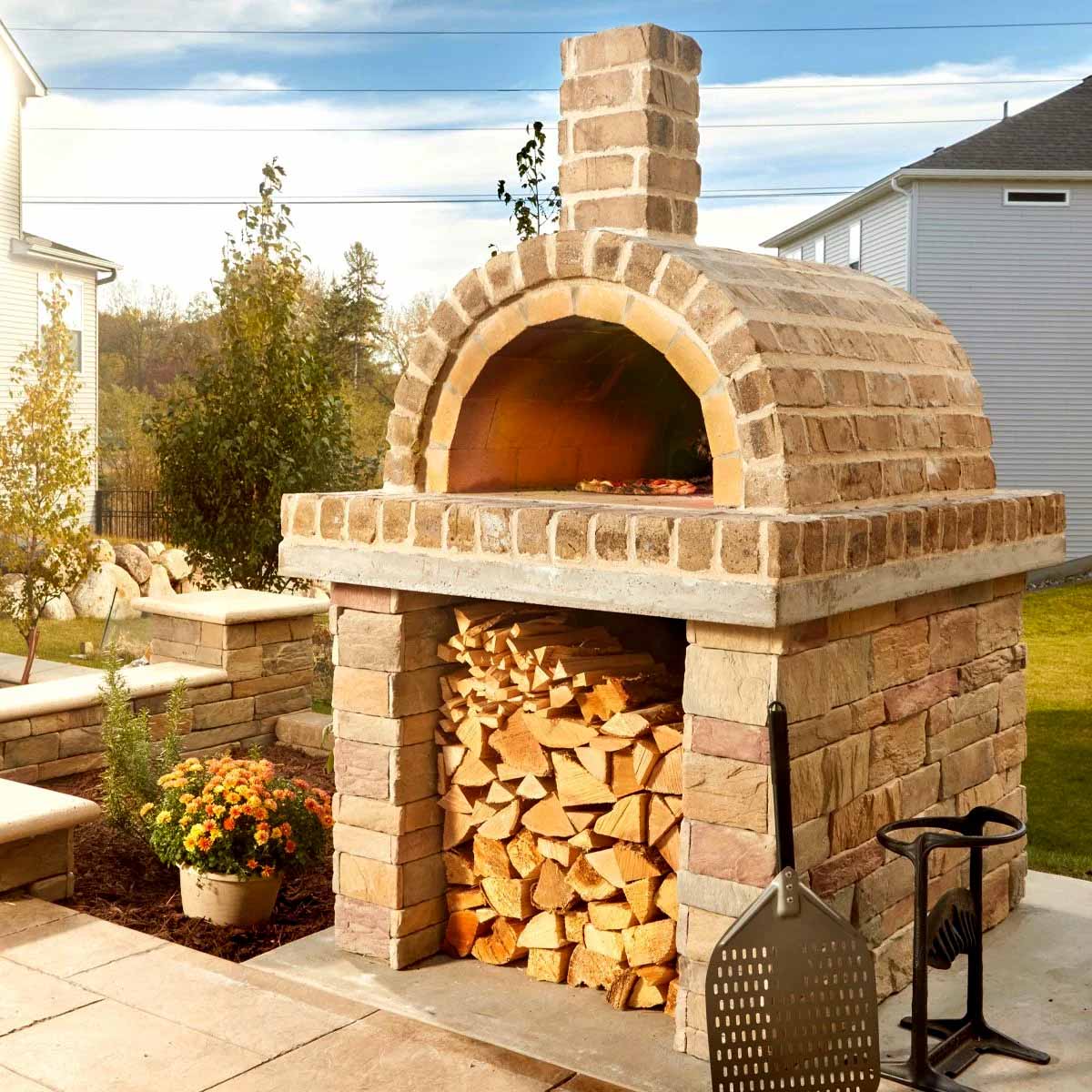
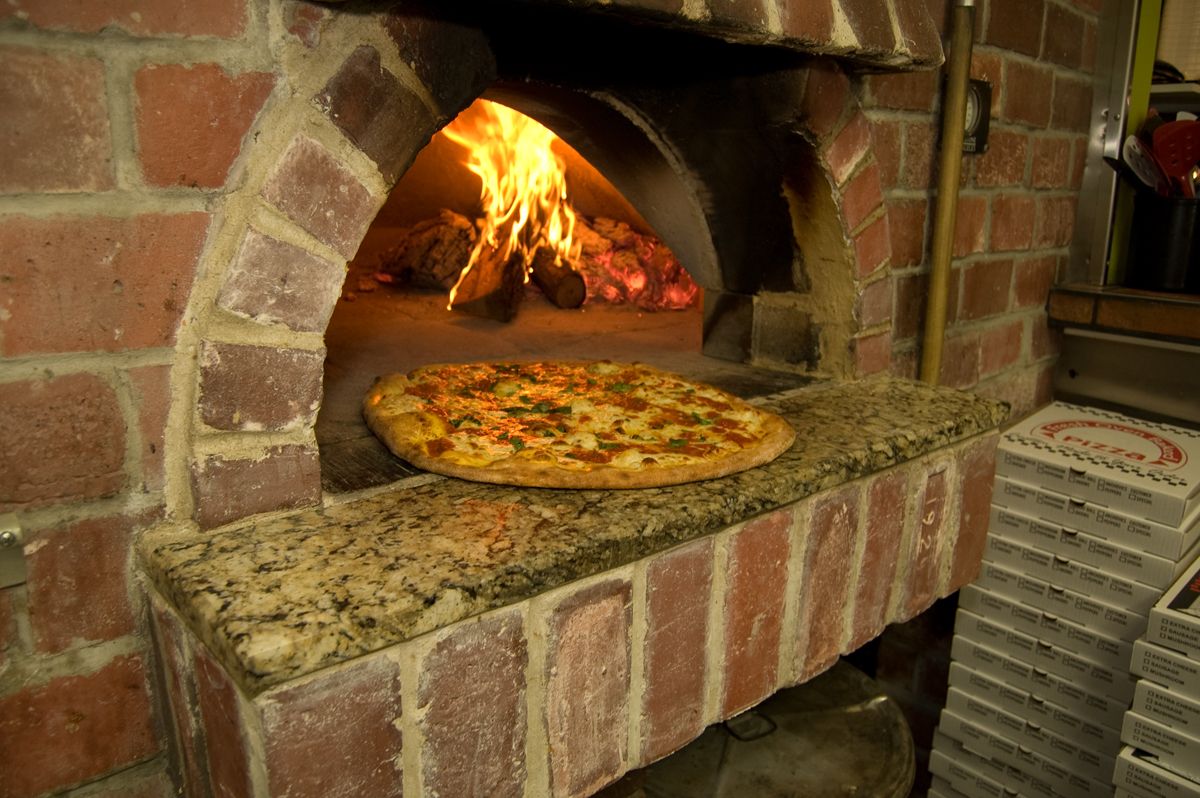
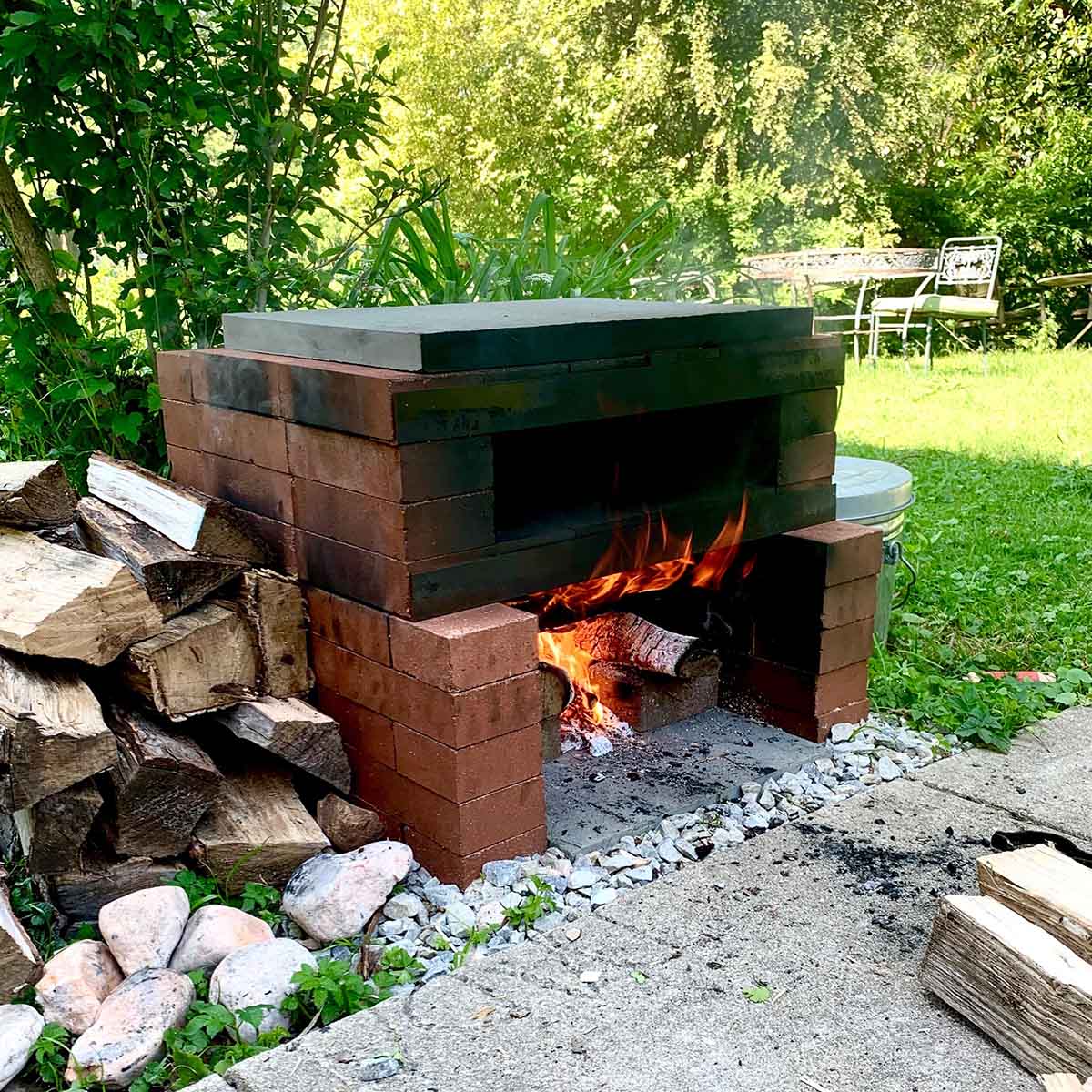
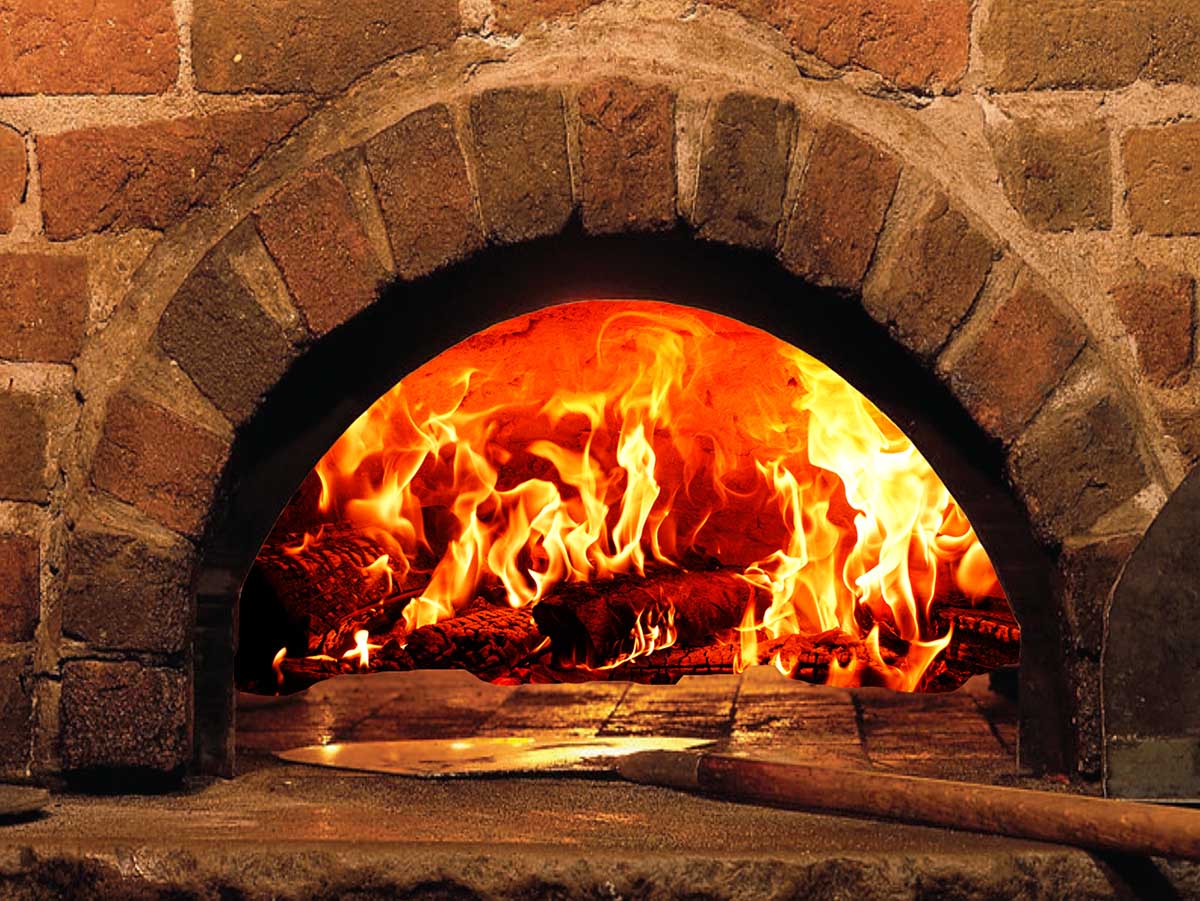
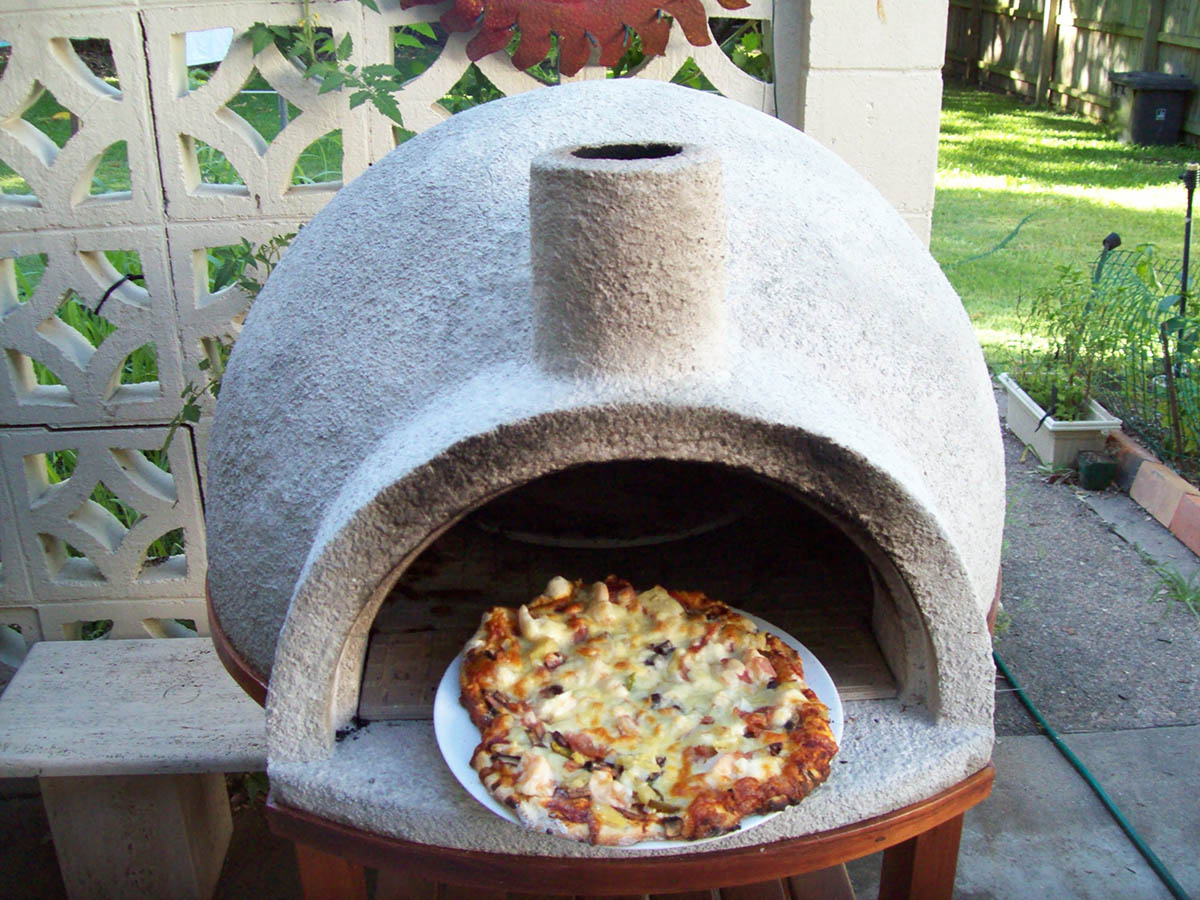
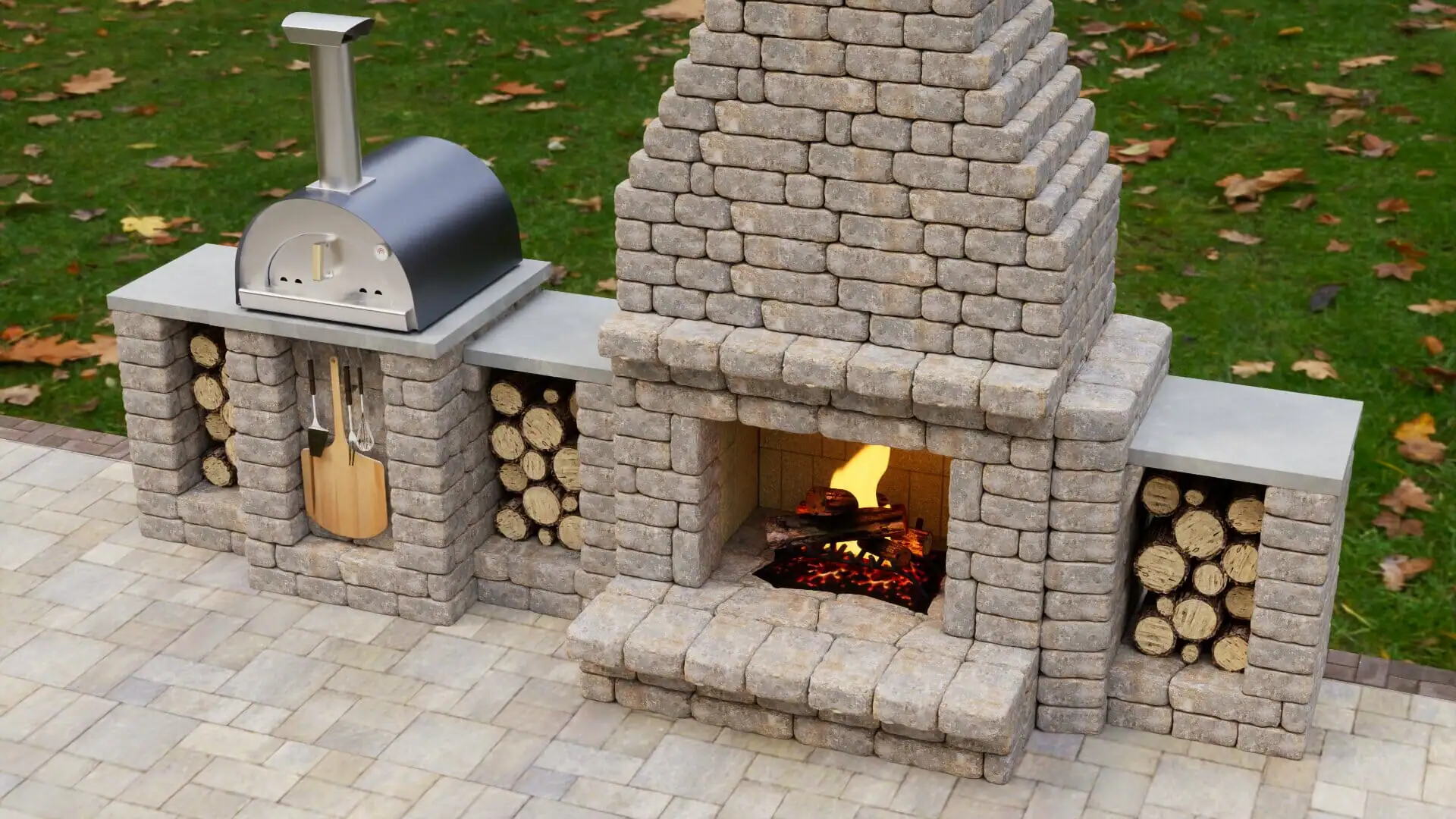
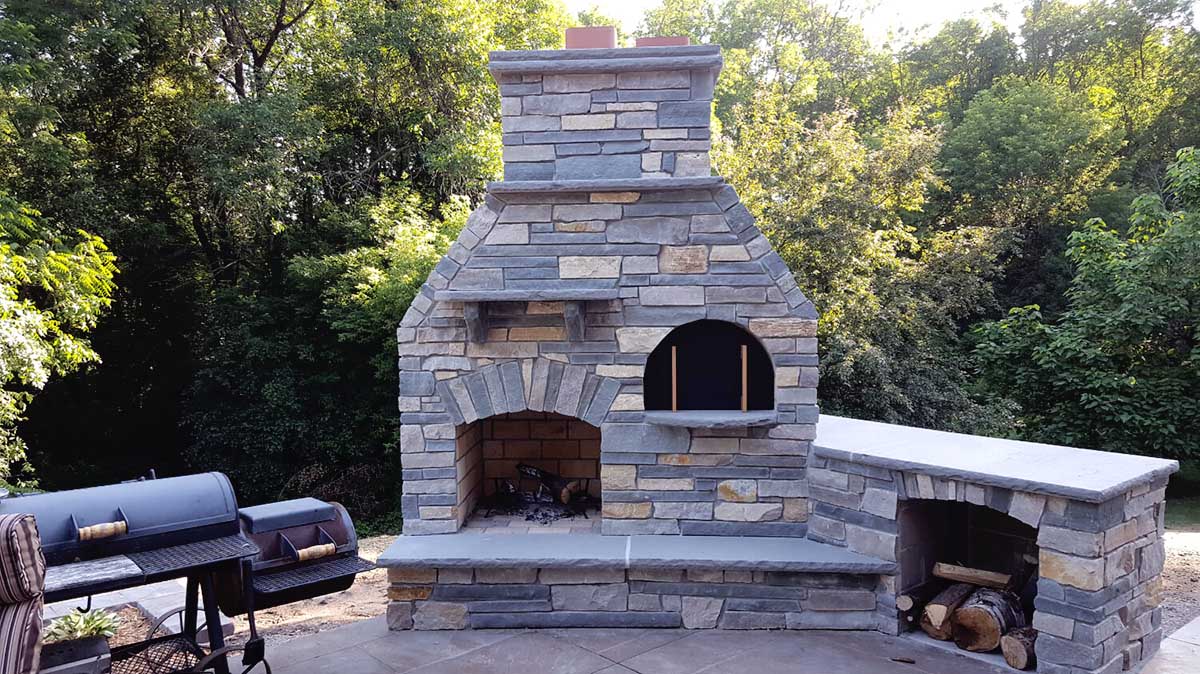
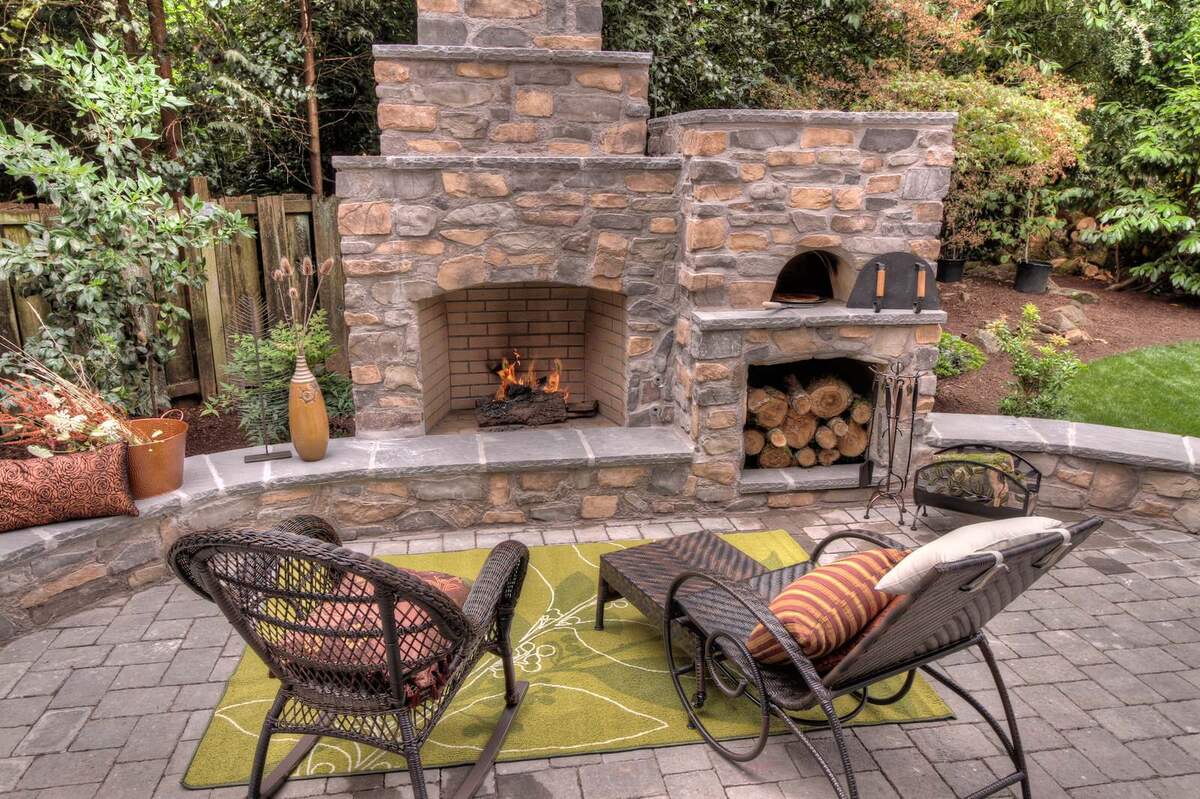
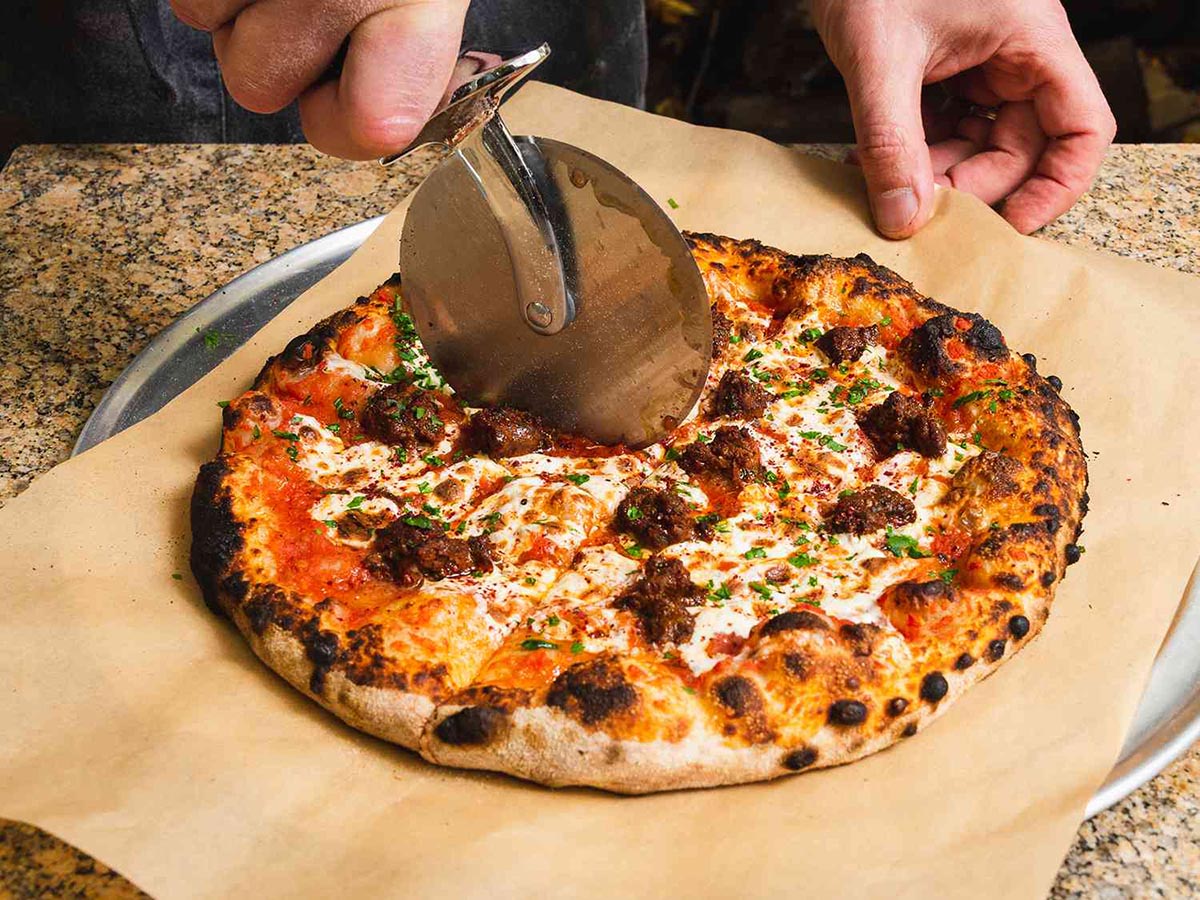
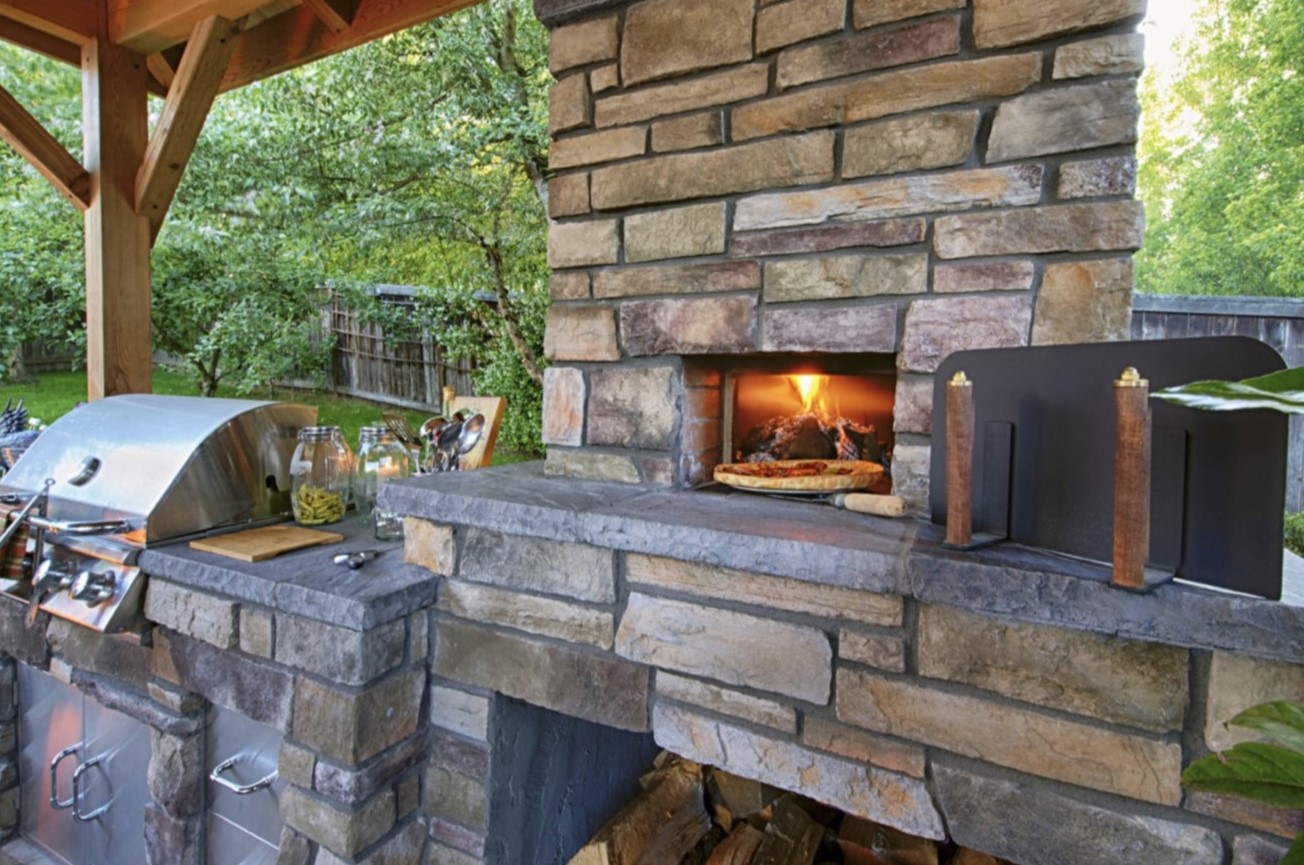
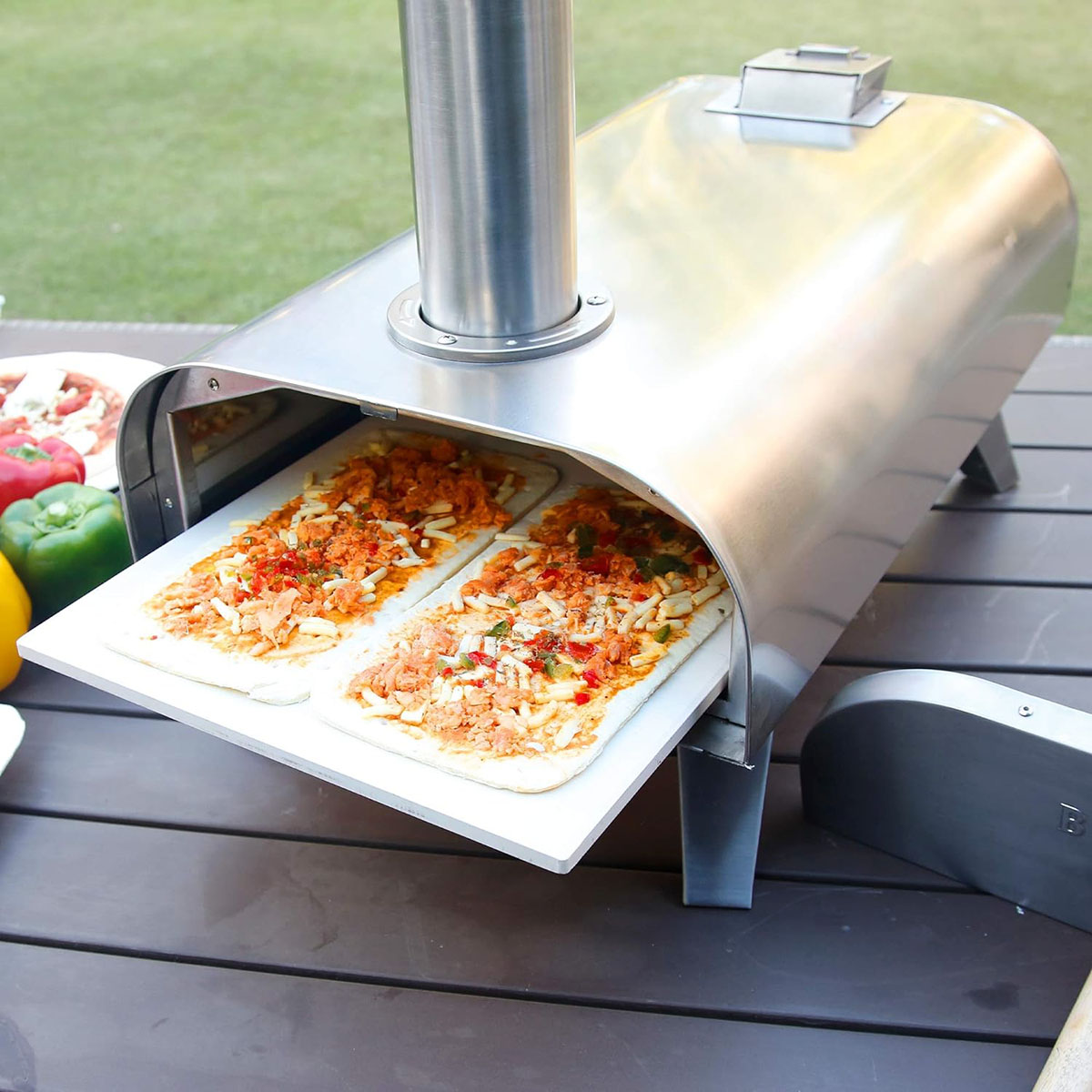
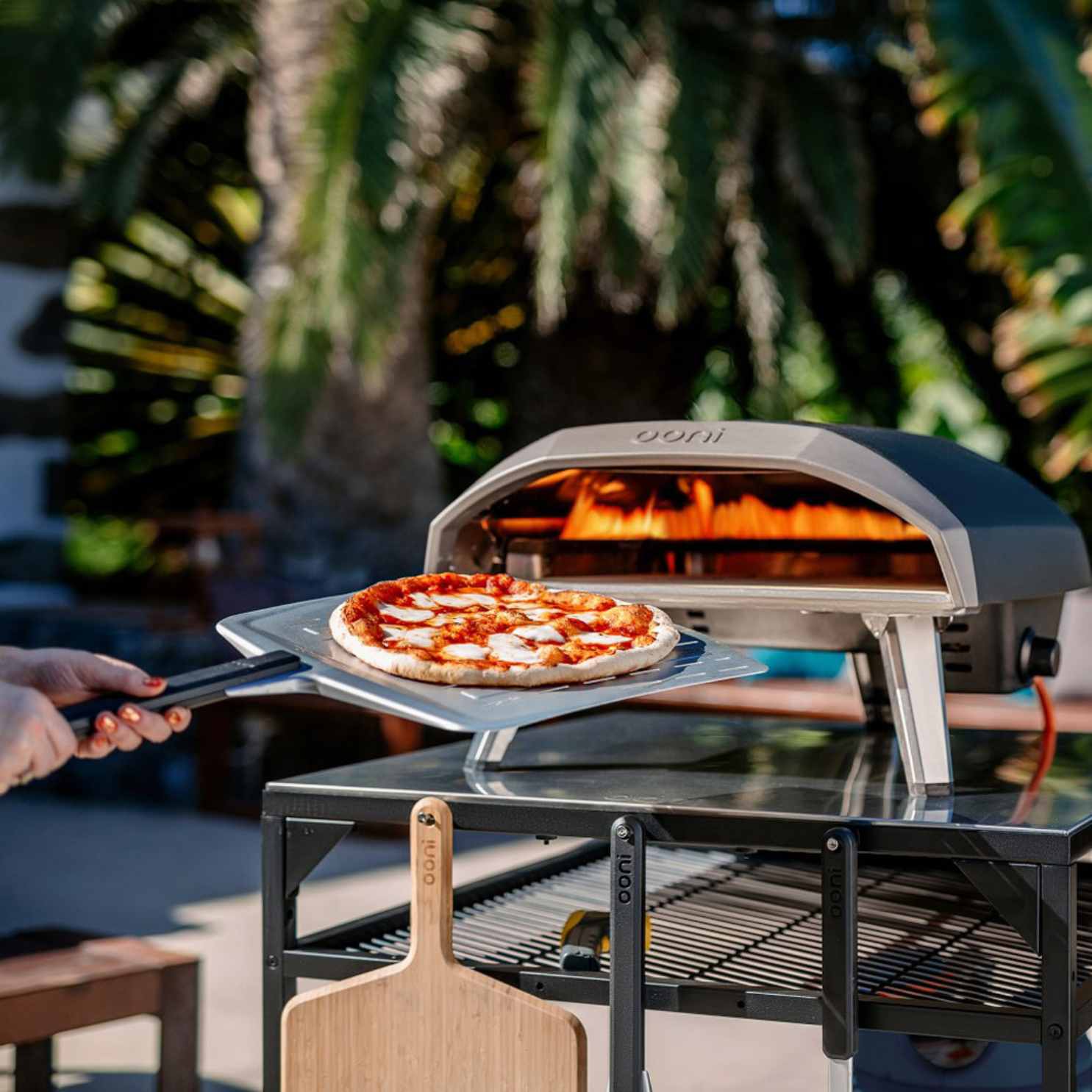
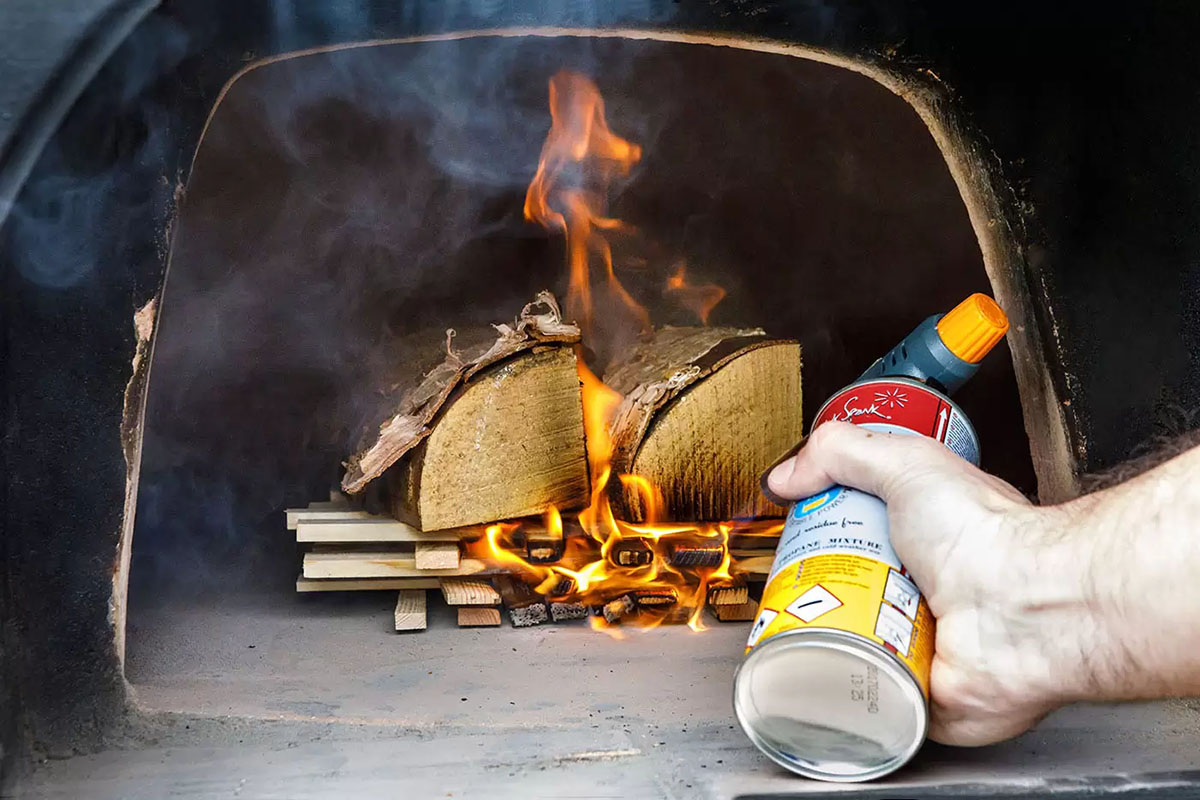
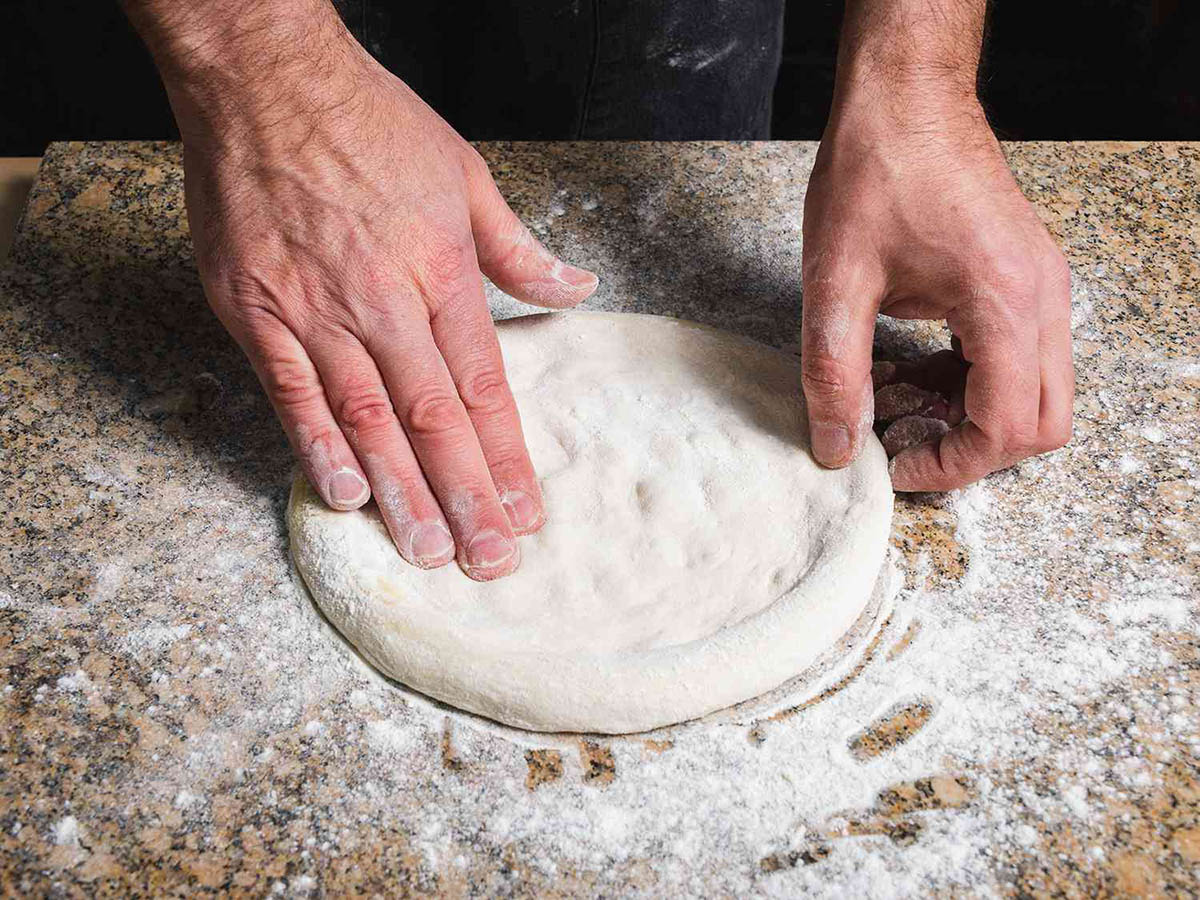

0 thoughts on “How Many Bricks To Build A Pizza Oven”